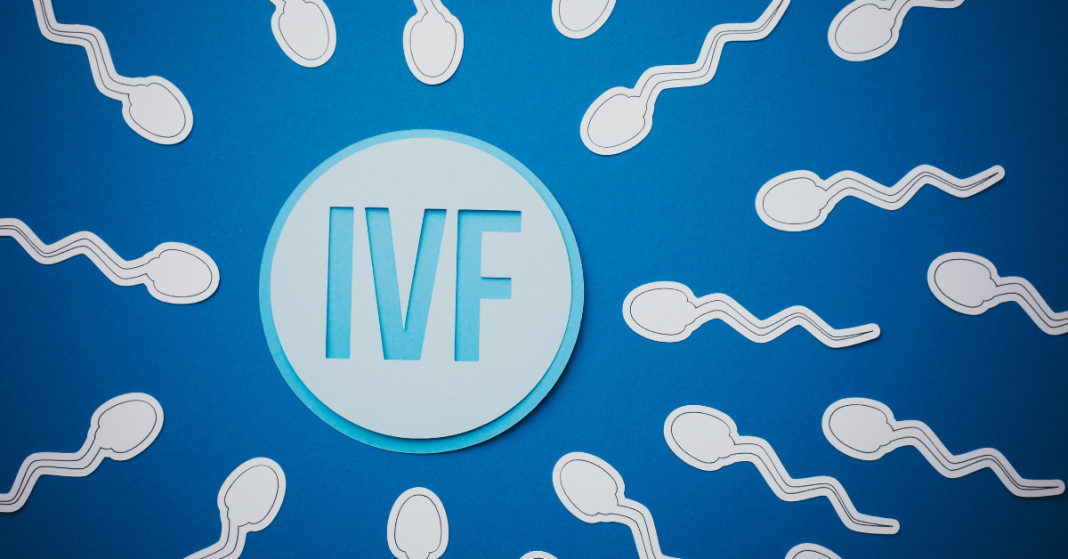In vitro fertilization is a highly serious and significant milestone in a couple’s lives. This procedure makes their long-awaited desire to become parents a reality. IVF involves multiple stages that both women and men must experience.
However, the phase following embryo reimplantation and subsequent pregnancy support is crucial as you have come a long way; you must protect the fetus until delivery.
For most women, the days following an embryo transfer are like riding on an emotional roller coaster. Cramps, spotting, or light bleeding, which many expectant mothers mistake for a warning sign, make the waiting process unpleasant. Many times though, there is no need to worry.
Here’s a breakdown of the IVF process:
Bleeding that may occur after the embryo transfer and egg retrieval:
You can experience spotting or bleeding following egg collection. The physician inserts a needle through the vaginal wall to extract the eggs. This is typically mild and ends very quickly. Very uncommonly, excessive bleeding should be reported to a medical professional if it occurs.
Some women may have spotting following embryo transfer. This can occur if the doctor encounters a technical complication during the transfer and needs to adjust your cervix. This is a bleed from the cervix (the opening of the uterus); it will not harm the embryos! Consult Infertility Treatment in Bangladesh to get IVF treatment.
Bleeding that may occur during the two-week wait during the IVF:
What should be done regarding bleeding during the two-week wait? This is uncommon because you take oestrogen and progesterone to strengthen your uterine lining during the luteal phase. However, bleeding might induce worry since you fear it is the beginning of your menstruation, indicating that the IVF cycle has failed!
Women tend to stress over every drop of blood they might spot during the wait.
Additionally, this bleeding often does not indicate a failure cycle. In many women, the bleeding is self-limiting and ceases as abruptly as it began, meaning we can never determine its origin or cause. It is a positive indicator in some cases, as it indicates an implantation bleed.
Is spotting during IVF good or bad?
On its own, spotting is neither good nor negative. As stated previously, it is rather prevalent among IVF patients.
Nonetheless, you must inform your fertility specialist of any bleeding or spotting so they are aware of the symptoms you’re experiencing. Discuss with your fertility expert any other symptoms you experience throughout IVF, such as cramps, temperature fluctuations, etc. Being in tune with the body and sharing this with a fertility specialist might help the doctor evaluate if everything is fine or if a problem requires further attention.
When is this time to visit a fertility specialist in case of bleeding?
As stated previously, it is normal and suggested to consult a fertility specialist in the case of light spotting to obtain a professional opinion on the subject. In the majority of instances, light spotting is typical and expected.
Any significant bleeding along with intense cramps should raise some red flags. You should bring this to your fertility specialist’s attention as soon as possible. You can get the answers and attention you need by monitoring the issue promptly. Before you choose IVF treatment, speak to your specialist to understand fertility treatment costs.
What might be possible reasons for bleeding during IVF treatment?
When a woman is experiencing light or heavy bleeding, she may wonder, “Am I going to lose my baby?” Is my life in danger? What if the situation is grave? Is my IVF therapy a failure?
Here are some of the most prevalent causes of bleeding.
When the embryo adheres to the uterine wall, the rupture of blood vessels causes implantation haemorrhage. It typically occurs before the expected start of your period. It is typically lighter in colour, such as pink or faded brown, than menstrual flow.
- Yeast and urinary tract infections can occasionally cause vaginal bleeding.
- It may be an indicator of miscarriage or repeated pregnancy loss.
- Infrequently, a symptom of a problematic pregnancy.
- Multiple pregnancies – If you are expecting more than one child, you risk bleeding in the first trimester.
- An ectopic pregnancy occurs when the embryo becomes attached outside the uterus, causing heavy or light bleeding.
- A hematoma or subchorionic hemorrhage happens when blood pooled between the embryo’s membrane and the uterine wall.
- Molar pregnancy is uncommon in which placental tissues develop improperly due to a genetic mistake after fertilization.
In addition to the above criteria, there may be others that are not readily apparent.
Remember that light bleeding, spotting, or moderate cramping is typical. If you are experiencing heavier bleeding comparable to menstrual flow or more than usual, you must see a doctor as this may indicate a difficult pregnancy.
When is the bleeding considered threatening?
A woman may suffer bloody discharges that endanger an abortion or possibly her life, in addition to the regular ones. Signs of threatening bleeding include:
- The quantity of blood. Rapid and profuse bleeding that is bright pink or crimson.
- Pain. Bleeding is followed by excruciating, piercing agony.
- Duration. Long-term bleeding. Greater than 3-4 days
- Period. Bleeding during the third week or later after a transplant may also signal a life-threatening disease.
Occasionally, bleeding can indicate that implantation did not occur, resulting in a miscarriage. Do not worry and panic immediately. The second and third protocols are statistically more successful than the first treatment.
Thus, you must persevere and pursue your treasured ambition. The most important thing is to follow the doctor’s recommendations and medicines, and it will all work out. If you are someone facing infertility and a resident of Bangladesh, reach out to an IVF Specialist in Bangladesh.







